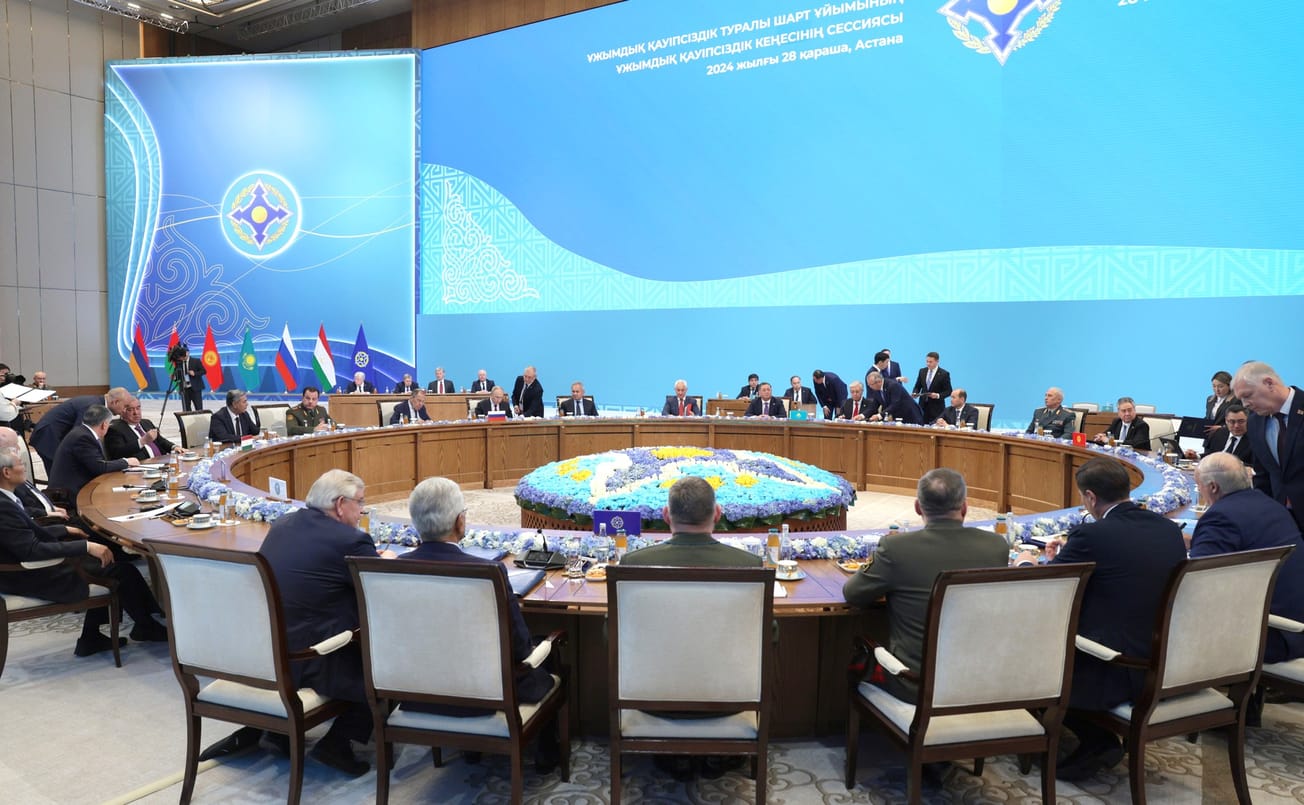Andrey Kortunov, Director General of the Russian International Affairs Council (RIAC), has published a useful comparison of the motives, costs (human and monetary), forces, partnerships, and outcomes of the 20-year U.S. intervention in Afghanistan and Russia’s six-year-long military operation in Syria; the first now seen to have suffered “ a crushing defeat,” the latter, judged even by “Moscow’s most intransigent opponents” to have been, this far, at least, “a winner.”
The scale of the operations differ greatly, beyond their length. The U.S. intervention involved large numbers of U.S. and allied military units; Russia mostly deployed its Aerospace Forces and a relatively small contingent of military police units. Russian military/police losses have been an order of magnitude smaller than the over 3,000 soldiers lost by the NATO coalition, 80% of them Americans. Estimates of the monetary cost of the U.S. campaign fall somewhere between $1–2 trillion dollars; the Russian operation is estimated at $10-15 billion, possibly as little as a fifth of what Germany alone spent in Afghanistan.
Why did one lose and the other succeed? Topping Kortunov’s answers to that question was their “quite different objectives…. Moscow was saving Syria’s statehood;” the U.S. went in to install a new political regime and radically change Afghan society (in his view). The Assad government which Russia has aided has survived and won elections, despite international isolation and sanctions; the government of Afghani President Ashraf Ghani, who lived in the U.S. for most of his life and had long held U.S. citizenship, faced none of that, but evaporated.
Second: Russia partnered in its endeavor with the two leading actors in the region who each have vital interests in Syria, Iran and Turkey. Although the interests of each of the three do not always coincide, the adopted “Astana format” has held together, despite crises. Most of the fifty nations partnering with the U.S. in Afghanistan had no vital interest in Afghanistan, other than to “demonstrate loyalty to the U.S.” and talk of “values,” rather than interests.


